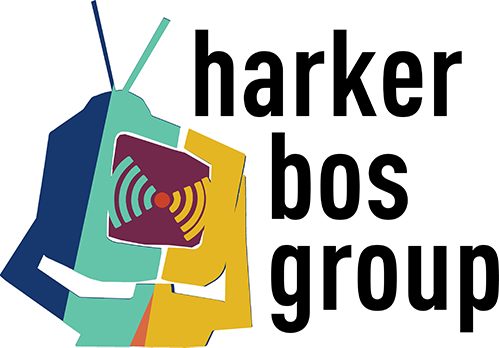Is Nielsen Picking Radio Format Winners & Losers?
Can a company measuring radio station listenership impact the success of music formats?
It’s a question Harker Bos Group raised in 2007 when we learned that the largest 50 radio markets would no longer be measured via diary. Instead, with the new method, the Portable People Meter (PPM), stations would encode their programming with an “inaudible” identifying code that pager-like devices carried by panelists would detect.
We expressed concern that issues regarding the encoding/decoding process could benefit some formats and penalize other formats. To maintain its “inaudibility” the identifying code “rides” on a station’s programming with the level determined by the loudness of the programming. We believed that louder highly compressed formats would have an advantage over more dynamic less compressed formats.
It didn’t take long before our fears seemed justified. Some stations that performed well when measured by diary plummeted with the switch to PPM. At the time we were told that PPM was more accurate and that stations that suffered under PPM had been boosted by the diary.
The more we learned about the inner workings of PPM the more we questioned that explanation. Nielsen claimed that “if the listener can hear the radio station, PPM can too” but assurances are not proof. It seemed more likely that PPM was failing to capture all listening, that its ability to identify stations was somewhat dependent on the type of programming a station delivered.
General Managers, Program Directors, and Chief Engineers soon figured out how to game PPM with aggressive processing to make the “inaudible” codes as consistent as possible. Fidelity took a back seat to making sure that the product was as consistently loud and compressed as possible. This was practical for some formats but not for background formats.
Efforts to game PPM drove innovation, and several years into the PPM era one company, 25-Seven, developed the Voltair, a processor that made the “inaudible” codes more robust. Stations that used the processor saw a gain in audience, but even with Voltair gains varied by format.
Historically some of the most successful radio formats have been soft relaxing music. Many markets had multiple stations in formats such as Smooth Jazz and Soft AC. The formats were ideal for the many listeners who used radio as background, to fill the quiet while working or relaxing.
Harker Bos Group recently conducted a national study exploring media consumption examining radio and other audio source consumption. We found a significant proportion of listeners gravitating to music formats beyond the few available to radio listeners.
Has PPM forced radio to focus on a few PPM-friendly formats and avoid other formats that don’t register on PPM meters as well? Are there other format opportunities that could attract an audience were it not for PPM’s favoritism? Could radio expand its reach if it wasn’t shackled to PPM? We will have more to say on this topic in future blogs.


